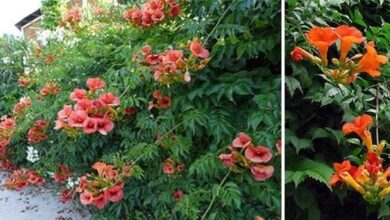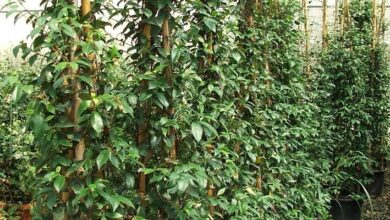Sundaville plant
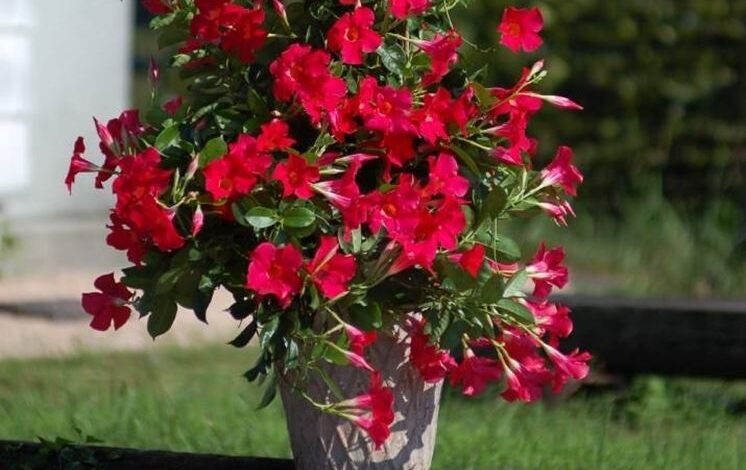
Sundaville plant origins
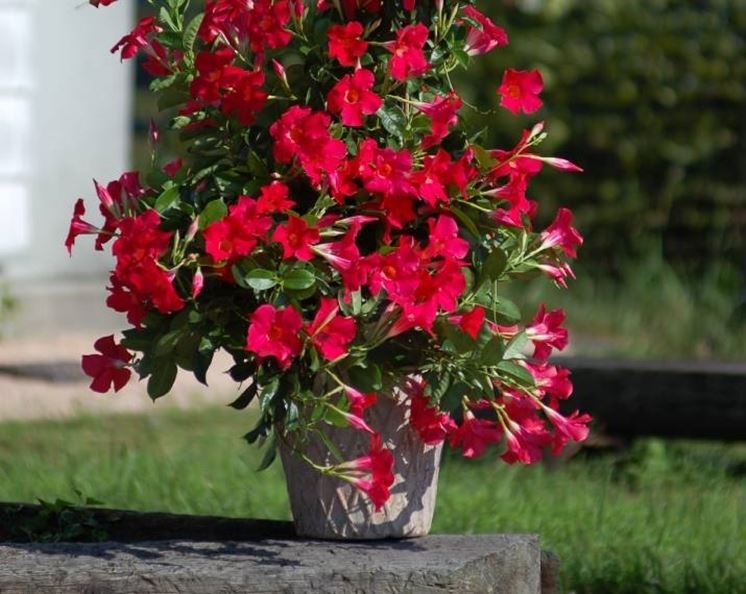
sundaville plant» width=»745″ height=»594″ longdesc=»/giardino/rampicanti/sundaville-pianta.asp»>
Sundaville plant characteristics
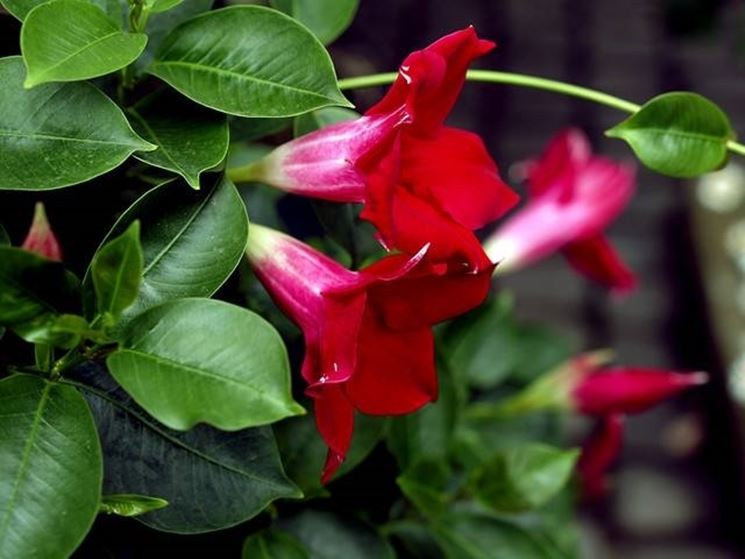
The sundaville plantis an evergreen climber, also very suitable as an indoor plant. However, indoors it does not receive the right exposure to the sun’s rays so it produces a lot of foliage but few flowers, sometimes none. For this reason it is certainly more appropriate as an outdoor plant. The main feature of this species, which is part of the Apocynaceae family, is flowering: it is very long compared to normal climbing plants, in fact it lasts from April until the beginning of winter. The leaves are oval, smooth, pointed and of modest size; the flowers have a particular shape, cylindrical and narrow at the base, wider and rounded at the top, and are of very bright colors with shades ranging from light pink to purple red. The thick branches easily adapt to cover pergolas or terraces,
sundaville plant » width=»745″ height=»559″ longdesc=»/giardino/rampicanti/sundaville-pianta.asp»>Sundaville are plants that tolerate summer heat very well and prefer sunny locations. However, they do not tolerate cold, wind and especially frost. In areas with very cold temperatures in winter it is advisable not to cultivate this species on the ground: in these cases it is better to plant these plants in large pots, to be sheltered inside during the cold season, which coincides, among other things , with normal vegetative rest. In any case, the temperature must never be below twelve degrees to keep the sundaville at its best. This species needs to be pruned only once: at the beginning of winter, that is, when the last flowers have fallen, the shrubs at the base of the plant must be shortened and made to reach about ten centimeters in length. Thanks to this operation, during the summer the sundaville will produce new green shoots. It is a plant that must be watered regularly but only when the soil is dry, because stagnation can damage it.
Sundaville plant multiplication and cures
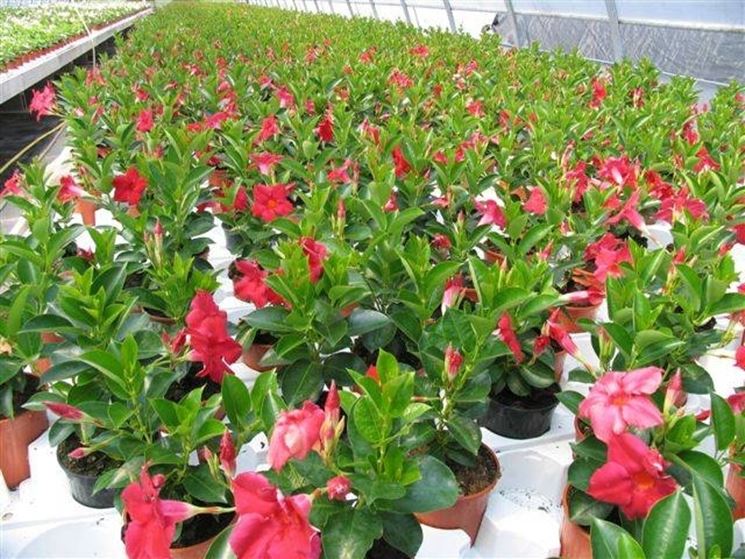
During the winter the sundaville needs to be fertilized with a good flowering plant product every two weeks. The compound can be mixed with the irrigation water. From spring until winter it is necessary to administer liquid fertilizer containing all the main mineral salts. If the sundaville is grown in pots, it is necessary to change the container every two years at the beginning of spring, perhaps with a slightly larger one if the base is very thick. This species propagates by seed, although it is not easy to find seeds as they often do not produce them. In the event that this happens, however, the seeds are inside a capsule but before picking it you have to wait for it to dry. The seeds are then placed in containers with soil mixed with sand: the mixture should always be moist and kept in bright areas. Newly born plants should be kept indoors especially in the cold period. Alternatively, cuttings can be made on the sundaville in spring: parts of the branches placed at the top must be removed, as long as they are 10 cm long, and put them in pots full of soil and sand.


